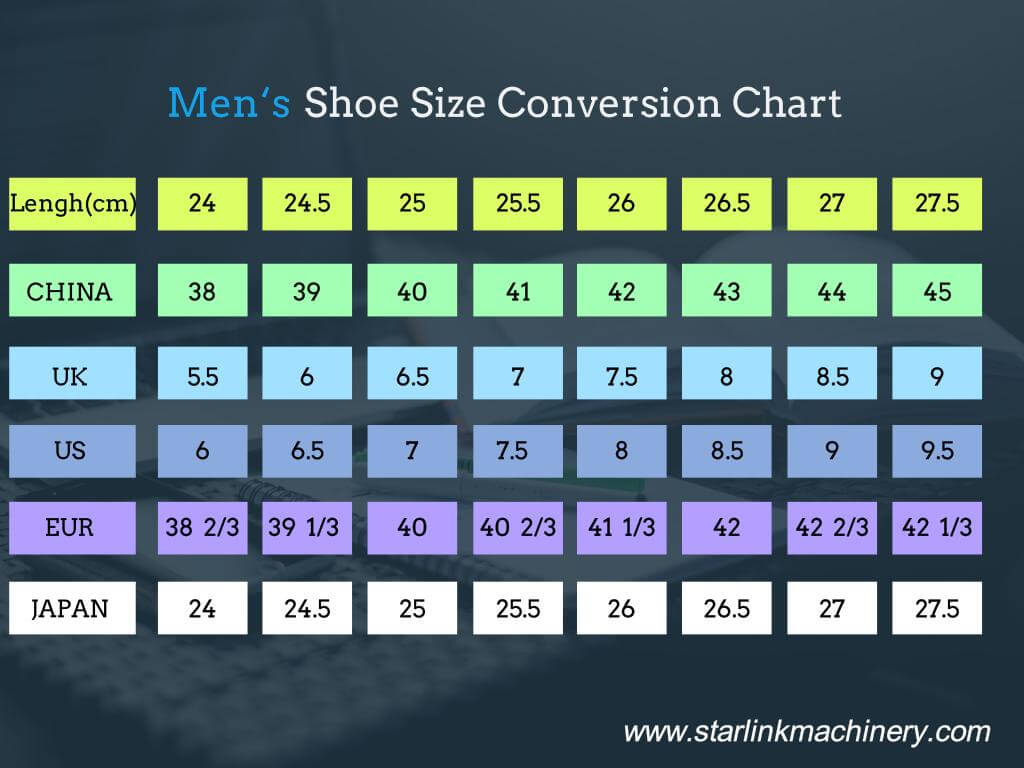Composite Safety Shoes Protection

The realm of personal protective equipment (PPE) is vast and varied, with different types of gear designed to safeguard against specific hazards. Among the most critical components of PPE, especially in industries such as construction, manufacturing, and mining, are composite safety shoes. These shoes are engineered to provide protection against a multitude of workplace hazards, ensuring the safety and well-being of workers. The importance of composite safety shoes cannot be overstated, given the high risk of foot injuries in hazardous environments. This article delves into the world of composite safety shoes, exploring their construction, benefits, standards, and the future of protective footwear.
Problem-Solution Framework: Identifying Hazards and Solutions
In hazardous work environments, foot protection is paramount. Workers are exposed to various risks, including heavy falling objects, sharp edges, hot surfaces, and electrical hazards. Composite safety shoes are designed to address these risks through their robust construction and innovative materials. The composite material, which often includes a combination of plastics, rubbers, and other synthetic materials, provides a high level of protection without compromising on comfort or flexibility.
Technical Breakdown: Construction of Composite Safety Shoes
The construction of composite safety shoes involves several key components, each designed to provide specific types of protection:
- Toe Cap: Typically made from a hard, composite material, the toe cap protects against heavy impacts and compression. It is designed to withstand significant forces, ensuring that the toes remain safe.
- Midsole: The midsole, often constructed from a penetrating-resistant material, protects against sharp objects that could pierce through the sole of the shoe. This provides critical protection in environments where sharp debris is common.
- Outsole: The outsole is designed for traction and durability, reducing the risk of slips and falls. It is typically made from a rubber or synthetic material that provides grip on various surfaces.
- Upper Material: The upper part of the shoe can be made from a variety of materials, including leather, synthetic materials, or a combination of both. It provides additional protection against abrasions and cuts.
Comparative Analysis: Traditional vs. Composite Safety Shoes
Traditional safety shoes, often made entirely from leather or with a steel toe cap, have been the standard for many years. However, composite safety shoes offer several advantages:
- Lightweight: Composite materials are significantly lighter than their steel counterparts, reducing fatigue and improving mobility.
- Comfort: The flexibility and breathability of composite materials can enhance wearer comfort over extended periods.
- Protection: Composite safety shoes can offer equivalent or even superior protection against certain hazards, such as electrical risks, without the conductivity concerns associated with metal.
Historical Evolution: The Development of Safety Footwear
The evolution of safety footwear reflects the changing nature of work environments and the hazards they present. From the early use of steel-toed boots to the modern composite safety shoes, each innovation has been driven by the need for better protection, comfort, and performance. The development of composite materials has been particularly significant, allowing for the creation of shoes that are not only protective but also lightweight and comfortable.
Expert Interview Style: Insights from Industry Professionals
According to safety experts, the choice of safety shoes should be based on a thorough risk assessment of the work environment. “It’s not just about meeting the safety standards; it’s about ensuring that the footwear provides the right level of protection for the specific hazards present,” notes one professional. The importance of proper fit and comfort is also underscored, as ill-fitting shoes can lead to discomfort and distraction, potentially increasing the risk of accidents.
Future Trends Projection: Innovations in Safety Footwear
The future of composite safety shoes is marked by innovation, with advancements in materials science and technology leading to even more protective, comfortable, and sustainable options. The integration of smart technologies, such as sensors that monitor foot health or detect potential hazards, is on the horizon. Additionally, there is a growing focus on eco-friendly materials and production processes, reflecting the broader shift towards sustainability in the PPE industry.
Decision Framework: Choosing the Right Composite Safety Shoes
Selecting the appropriate composite safety shoes involves considering several factors:
- Work Environment: Assess the specific hazards present in the work environment to determine the required level of protection.
- Comfort and Fit: Ensure the shoes are comfortable and fit well to prevent distractions and potential accidents.
- Standards Compliance: Verify that the shoes meet or exceed relevant safety standards, such as those set by ASTM (American Society for Testing and Materials) or EN (European Norms).
- Maintenance and Durability: Consider the durability of the shoes and the ease of maintenance to ensure they remain effective over their lifespan.
Conclusion
Composite safety shoes represent a significant advancement in protective footwear, offering a blend of protection, comfort, and performance that caters to the diverse needs of workers in hazardous environments. As technology continues to evolve, we can expect to see further innovations that enhance the safety, sustainability, and wearer experience of composite safety shoes. By understanding the construction, benefits, and future directions of composite safety shoes, employers and workers can make informed decisions to ensure safer, healthier work environments.
What are the primary benefits of composite safety shoes over traditional steel-toed shoes?
+Composite safety shoes are lighter, providing greater comfort and reducing fatigue. They also offer protection against electrical hazards and are non-conductive, which can be a significant advantage in certain work environments.
How should I choose the right composite safety shoes for my workplace?
+Choosing the right composite safety shoes involves assessing the hazards in your work environment, considering comfort and fit, ensuring compliance with safety standards, and evaluating the durability and maintenance requirements of the shoes.
What innovations can we expect to see in the future of composite safety shoes?
+The future of composite safety shoes includes the integration of smart technologies for enhanced safety and comfort, the use of eco-friendly materials, and advancements in materials science for improved protection and performance.



